Foraging in autumn: a beginner's guide
Foraging is a lovely, mindful activity – and a way to enjoy some delicious seasonal foods this autumn
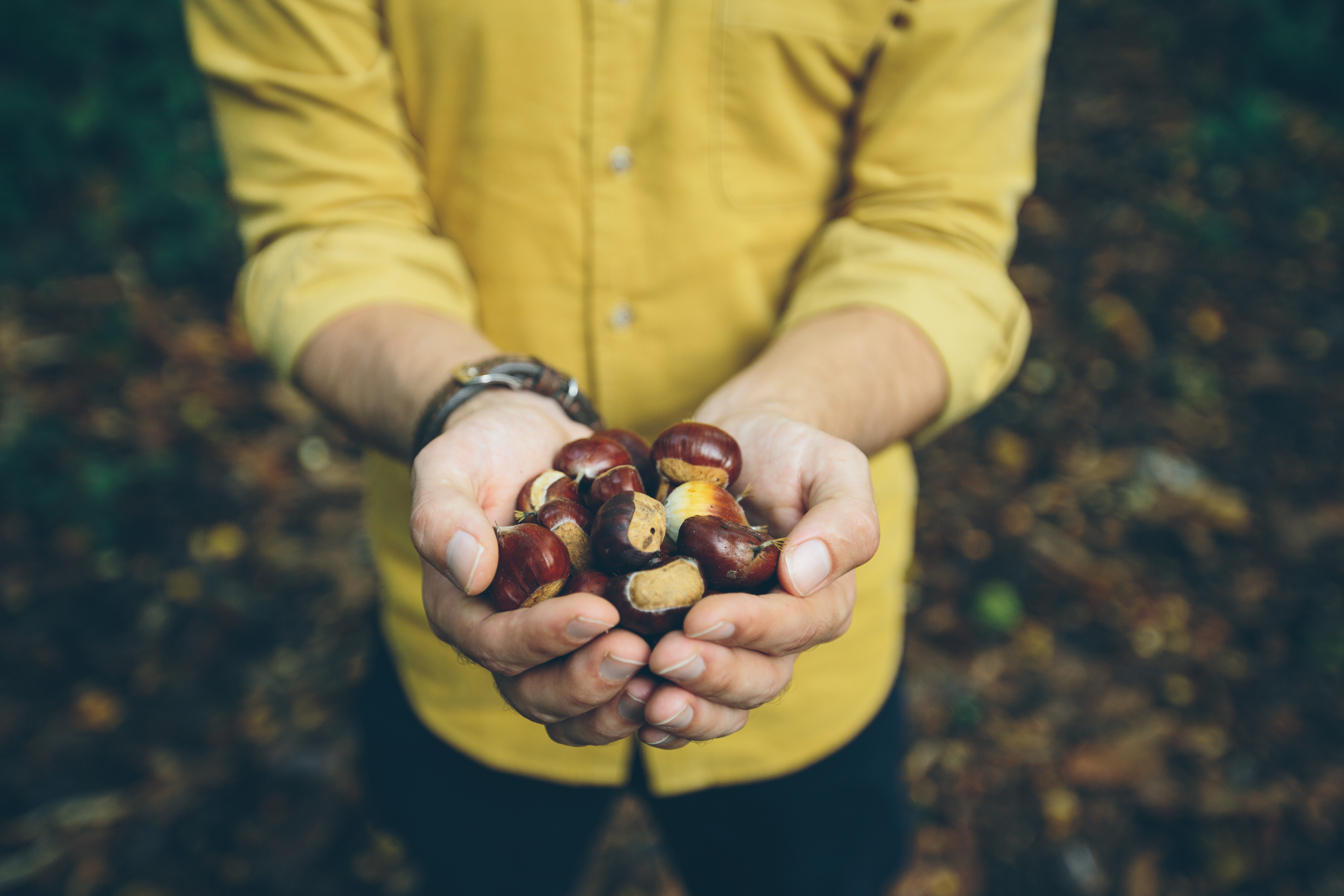
Foraging: could it become the new mindfulness craze? Ditch your yoga class and go out into the woods instead: it won't matter whether you can fit into those fancy leggings, it won't cost you a thing, and it will actually get you ingredients for a delicious autumnal treat.
So get your wellies on, grab a basket, and go looking for these tasty treats*. Live in a city? Not to worry – you can find most of these plants in urban areas, in gardens, and even along city streets. Do we need to tell you not pick anything live from your local park? Thought not.
1. Sweet chestnuts
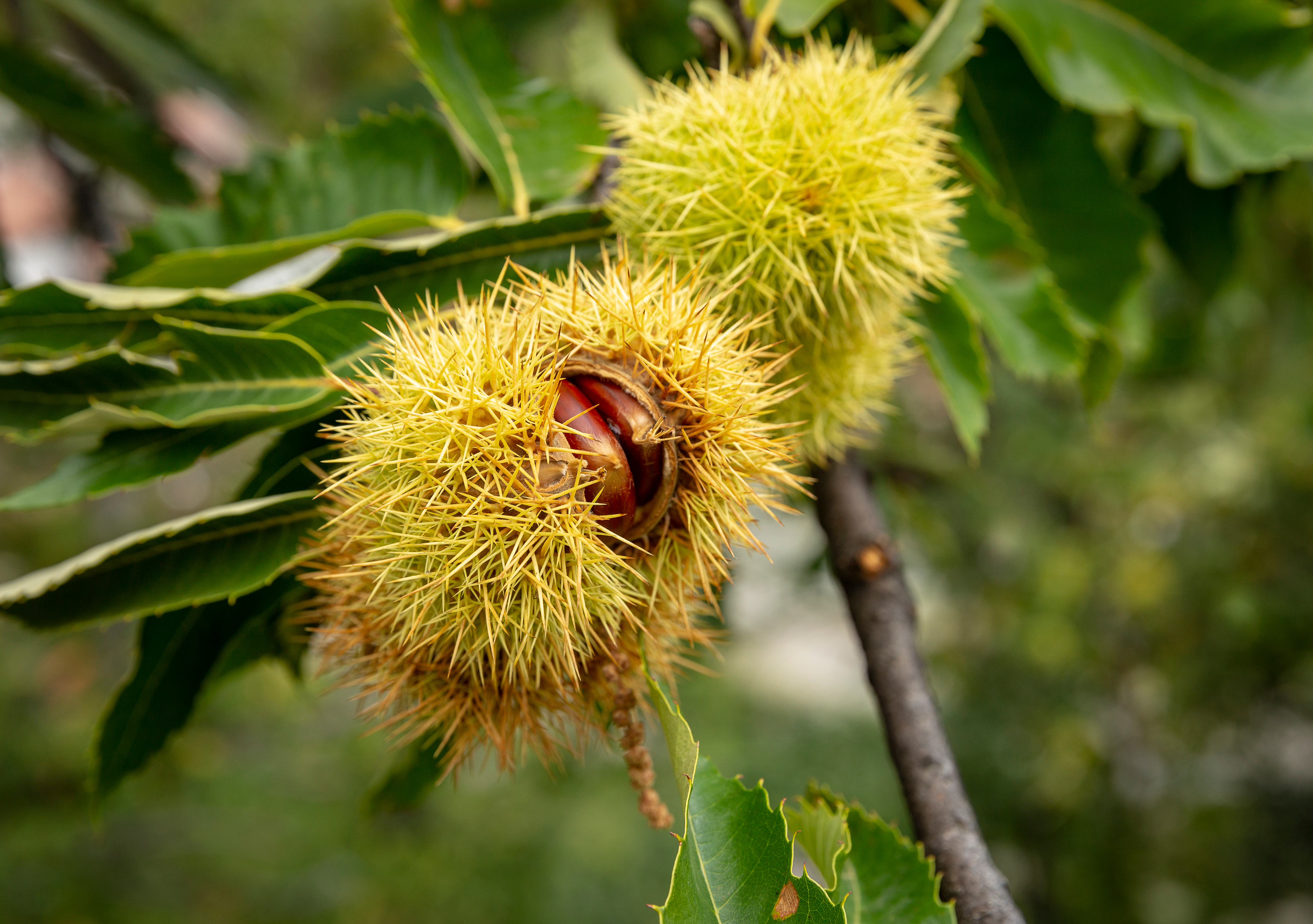
It's important to differentiate these from horse chestnuts or conkers: sweet chestnuts have a far softer outer shell, whereas horse chestnuts are very spiky to the touch. Sweet chestnuts also have a pointed end. The ripest chestnuts are to be found toward the bottom of the trees from late October onwards. Enjoy them roasted, boiled, or even microwaved – but, remember to score them first, or they'll explode as they heat up.
2. Sloes
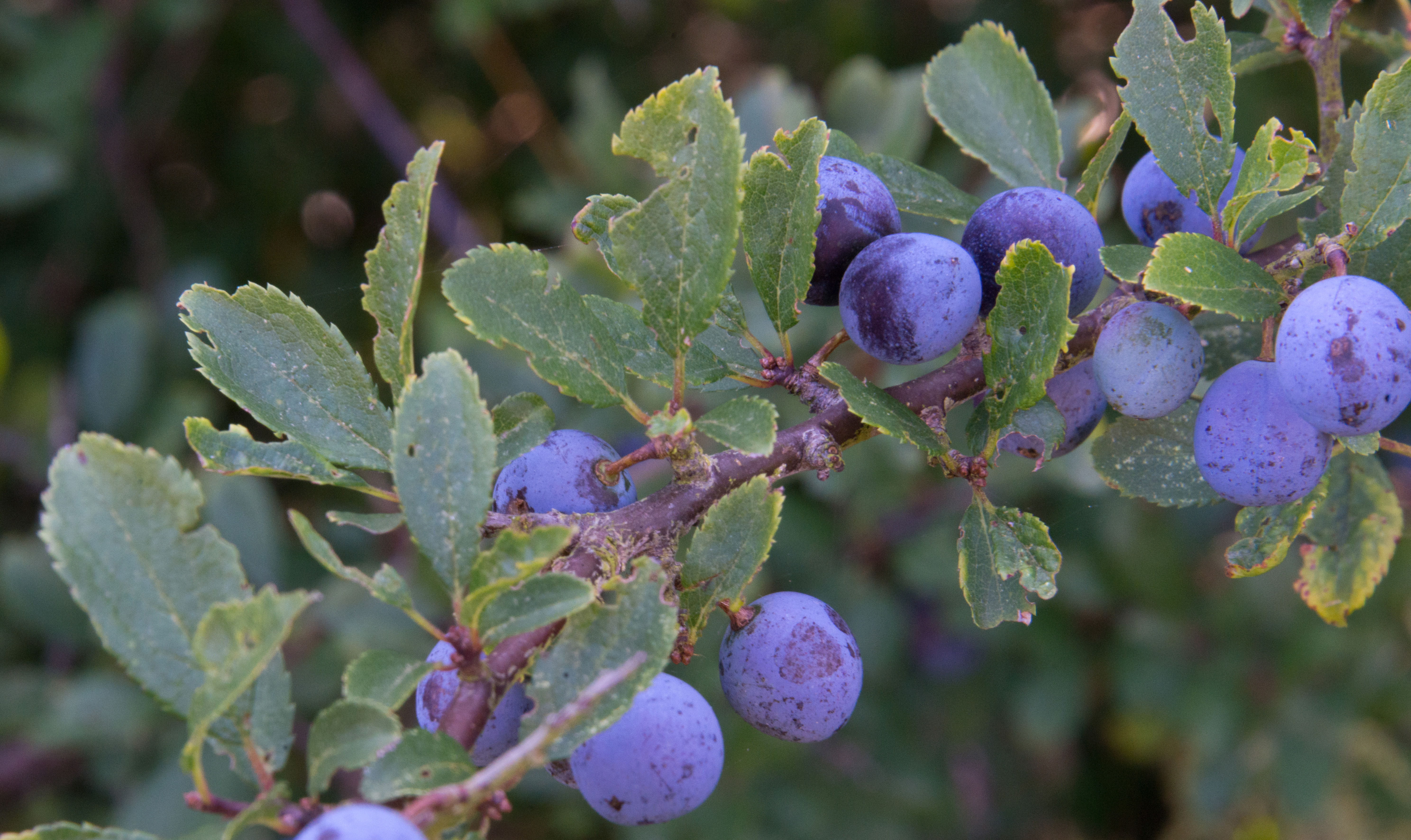
These gorgeous blue-black berries look like very small plums – they're the main ingredient in sloe gin, but can also be used to make jams and sauces. The trick is to pick them after the first frost, which softens their skin. If you pick them before, freeze them before using.
3. Walnuts
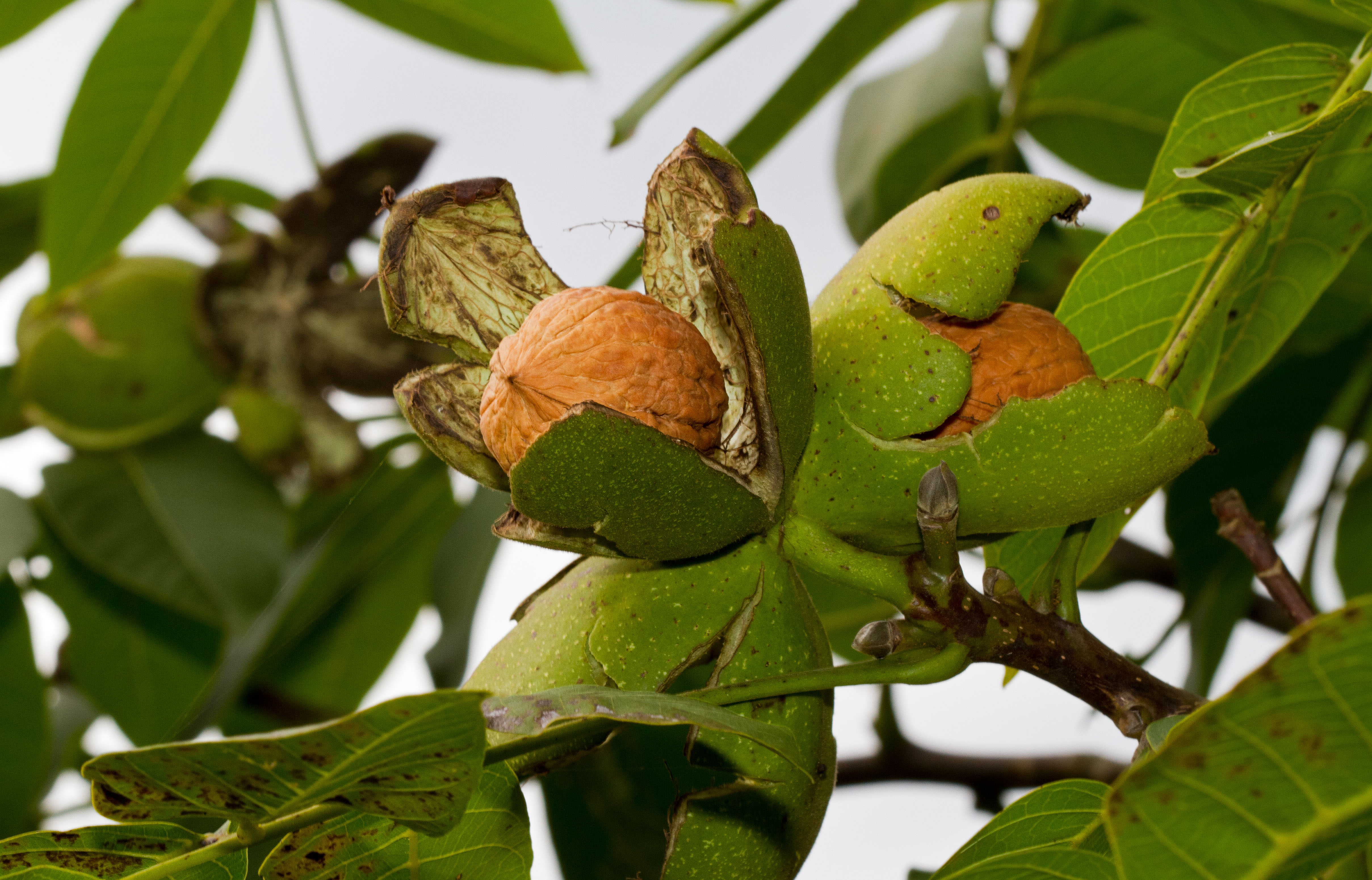
Delicious on their own, in salads or desserts (coffee and walnut cake, anyone?), walnuts are easy to spot. You'll see a bright green husk that has split open, revealing the characteristic brain-shaped nut shell inside. Enjoy them straight off the tree 'wet', dry them out, or even pickle them.
4. Rosehips
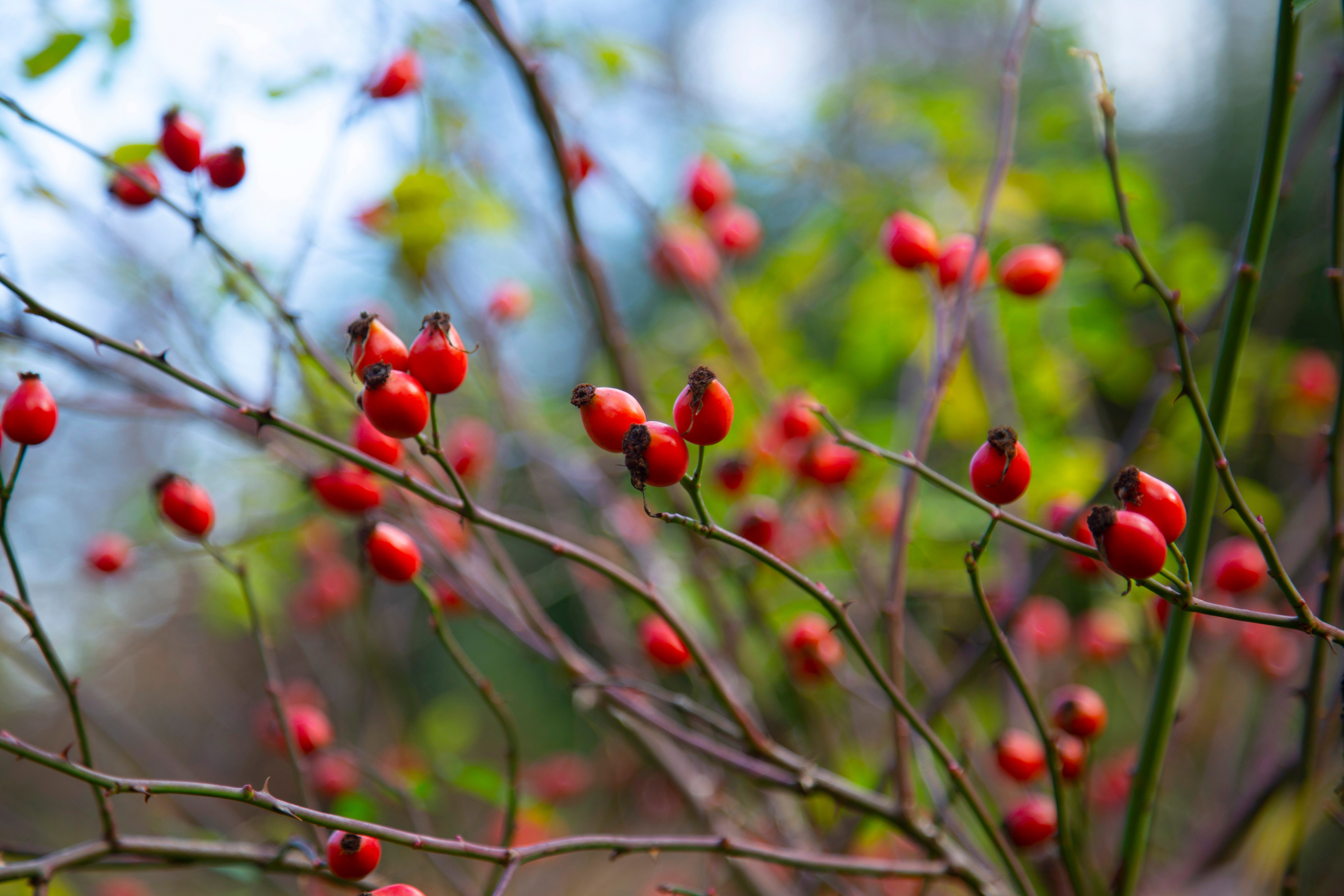
Look along hedgerows and woodland fringes for bright red rosehips between September and November. The hips have a fleshy covering that contains the hairy seeds. Snip or carefully pull the hips close to the base of each pod, and use in wines, jellies, jams and syrups. You can also make medicinal rosehip tea – excellent for people with high blood pressure.
5. Mushrooms

Mushrooms can be found in abundance this time of year and if you have a basic knowledge of what you’re looking for, they can be a great addition to any meal.
Get small space home decor ideas, celeb inspiration, DIY tips and more, straight to your inbox!
Warning: remember to avoid mushrooms with white gills, a skirt, or ring on the stem and a bulbous or sack-like base called a volva. Also avoid mushrooms with red on the cap or stem but most importantly, don’t consume any mushrooms unless you’re absolutely 100% sure of what type it is. WE CANNOT STRESS THIS ENOUGH! Eat the wrong mushrooms and they can make you very ill – and get it badly wrong and it can be fatal. In doubt? Don't bother and go to the greengrocer's for yours.
* Foraging tips developed with the help of Garden Buildings Direct.
Anna is a professional writer with many years of experience. She has a passion for contemporary home decor and gardening. She covers a range of topics, from practical advice to interior and garden design.